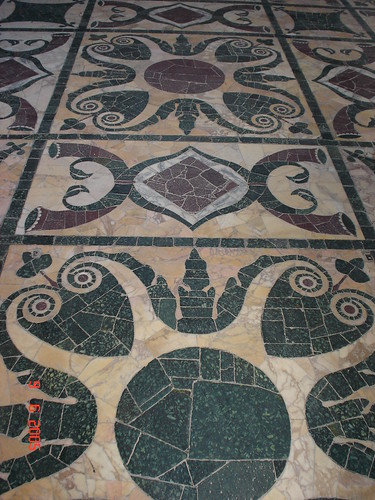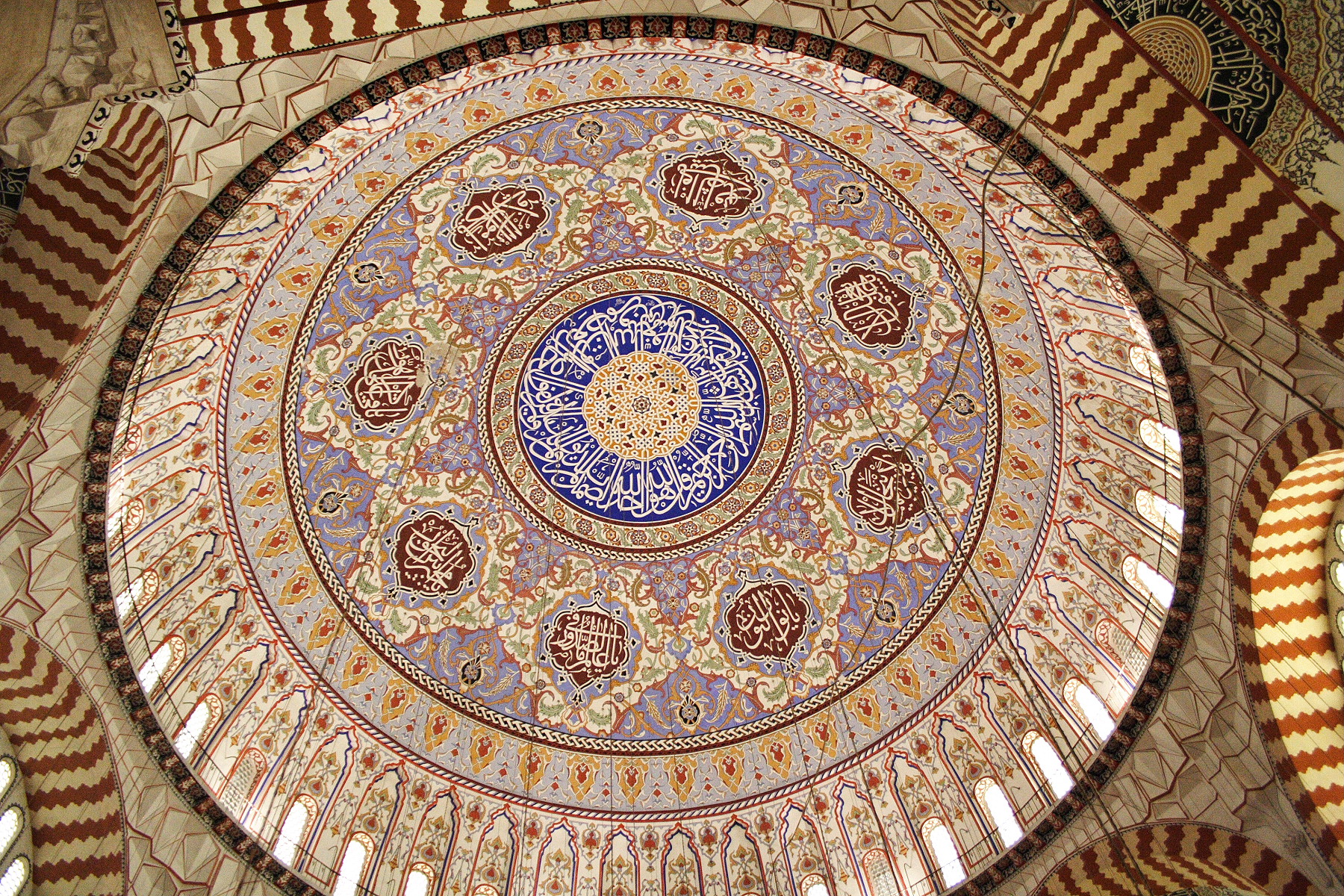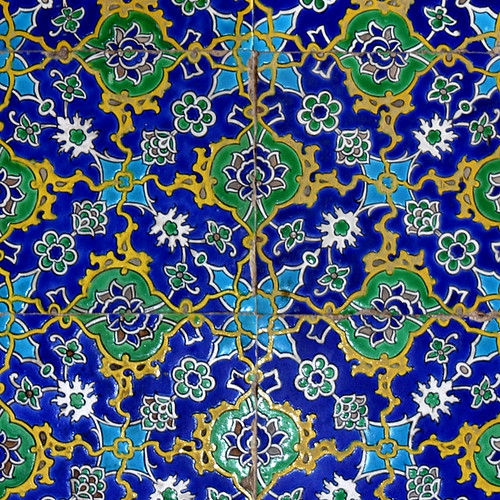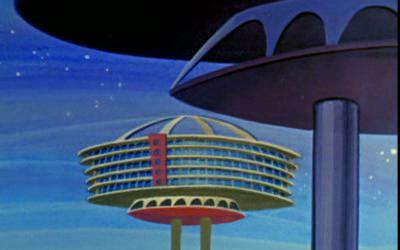Marble floors exude richness, quality and sophistication. There is an ancient history of marble flooring, and much of this architectural work still exists today from antiquity. Some of it is still in excellent condition after thousands of years. Marble floors are found in historic structures from the ancient Greek Parthenon to Grand Central Station in New York City (below).
Patterns can be created by using different colored stone, and inlaying them for contrast and juxtaposition. The surface of the marble floor is then polished smooth, for an even flooring surface.
Because marble flooring is so sleek, shiny and reflective, it can often be difficult to keep spotless. Streaks, smudges, scuffs and dust will show up clearly and immediately. Regular cleaning is a must. A soft dust mop works well for daily maintenance, with at least a weekly sweeping and a damp mop. Marble floors need to be professionally cleaned and polished at least once a year to repair any cracks or dried-out areas and help it keep its sheen.
Since marble is so durable, heavy, dramatic and used in places like palaces, folks should get the hint that it's also pretty expensive. Installation of the floor will also be costly, and should not be undertaken by anyone who does not know what he's doing. The maintenance alone takes its toll, with constant cleaning and regular resealing which should also be done by professionals. In addition to the high cost, marble floors are very cold on bare feet. Slippers or throw rugs are highly recommended during winter months
Below are the marble floors of the Mamluk 14th century madrasa and mausoleum of Sultan Hasan in Cairo, Egypt.
Here is a panel from the Duomo’s marble floor in Siena, Italy.
Around 1920, Italian masons realized a less expensive method for producing marble floor, in a technique now known as “
Terrazzo.” First, a concrete substrate is built from a slab at least 3 inches thick. Then a wet mixture of sand-based mortar is applied to the substrate. While this mortar is still wet, marble chips and pigment are placed on top of the wet mortar. This mixture is then tamped or consolidated in place, and subsequently polished. The beauty of terrazzo is that different colored patterns can readily be incorporated, with high precision and accuracy. Terrazzo does not have the same high sheen as marble slabs, so usually a filler or additive is applied to the terrazzo to give it a more lustrous finish.
Here is a Terrazo floor from the Texas State Capitol building:
In American architecture today, a marble floor sometimes seems pretentious, in the same vein as a “McMansion” of the nouveau riche. However, judicious use of marble tastefully applied, properly installed and adequately cared for can add real beauty to any building.
























